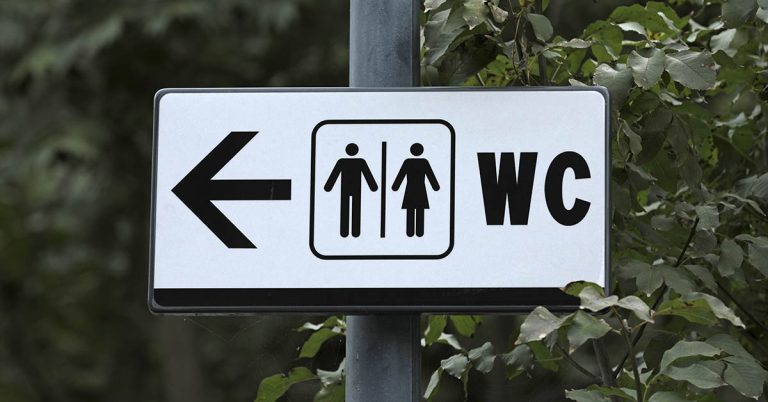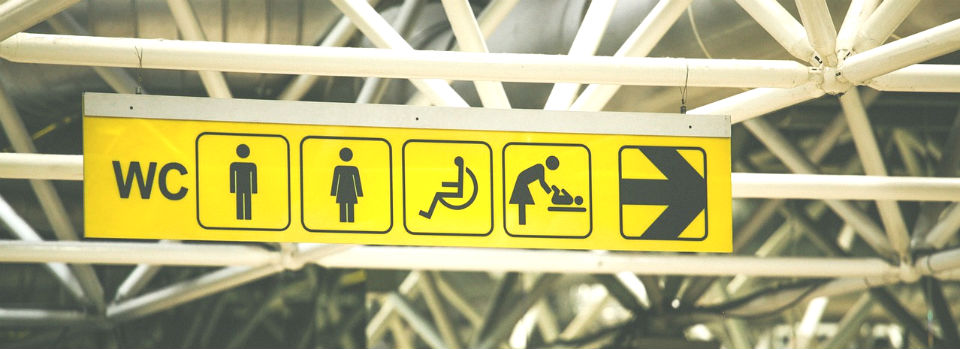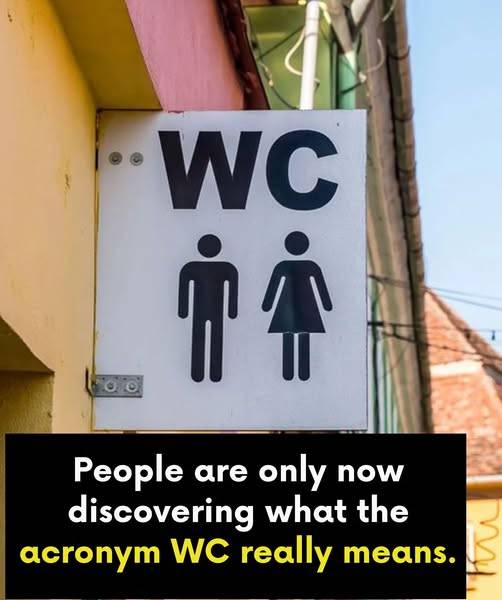Have you ever seen the sign “WC” on a restroom door and wondered what it stands for? As it turns out, “WC” is an abbreviation for “Water Closet.” This term dates back to the 19th century, when indoor plumbing and bathroom design were evolving. At that time, the “water closet” referred to a room or cabinet fitted with a flush toilet, distinguishing it from older arrangements like chamber pots or outhouses. The abbreviation stuck and is still widely used on public-restroom signage in many parts of the world.
Historical Origins of the Term
Back in the early days of indoor plumbing, homes would often have separate rooms: one for bathing and another for the toilet. Because space was at a premium and plumbing systems were still fairly novel, the toilet was sometimes placed in what was literally a small closet or cubicle—hence “water closet.” As toilets became more commonplace, the term carried over into signage, particularly in British English and regions influenced by British usage. Remarkably, the usage of “WC” dates back to at least the 1870s, reflecting how long this term has been in circulation.

Why the Abbreviation Persists Today
Today, even though we rarely say “water closet” aloud, the “WC” sign remains common, especially when traveling. It’s concise, language-neutral (to some extent), and widely recognized across many countries. In international airports, train stations, hotels and other public places, you’ll often spot “WC” alongside or instead of “Restroom,” “Toilet,” “Lavatory,” or other local terms. For travellers, recognising “WC” can be a helpful tip—especially if you’re in a country where the local word for toilet is unfamiliar.
Regional Variations & Language Notes
Although “WC” is widely used, restroom terminology varies greatly by region and dialect. For example, in the UK people commonly say “loo,” “lav,” or “toilet”; in the US “restroom” or “bathroom” are common; in other countries the local language term may dominate but “WC” might still appear. Because of these variations, many signs pair “WC” with a pictogram of a male and female figure to ensure clarity. Some travellers are surprised to learn that the seemingly arcane “WC” actually just means toilet! Many online comments reflect this genuine surprise—even if older generations assumed everyone knew the meaning.
Why It’s More Than Just a Sign
You might ask: does it matter what the sign says, as long as you find the right room? In truth, the persistence of “WC” is a small example of how language, design and infrastructure evolve yet retain historical traces. It’s a reminder that everyday objects and signs often carry legacy meanings. Understanding that “WC” stands for water closet connects you to a bit of sanitary-history: when toilets migrated indoors and people began distinguishing the bathing space from the flushing space. It also makes you a more savvy traveller and observer of international signage.

Final Takeaways
- “WC” on a restroom sign stands for Water Closet, a term from when toilets were placed in small closets or cubicles.
- The abbreviation has been around since the late 19th century and remains common in many countries.
- Although regional words for restroom vary (loo, lavatory, bathroom, toilet), recognising “WC” can be especially helpful when abroad.
- The term highlights how everyday signs reflect historical plumbing and design choices, not just modern convenience.
Conclusion
Next time you spot a “WC” sign, you’ll know it doesn’t mean anything mysterious—just a nod to a bit of indoor-plumbing history.

















